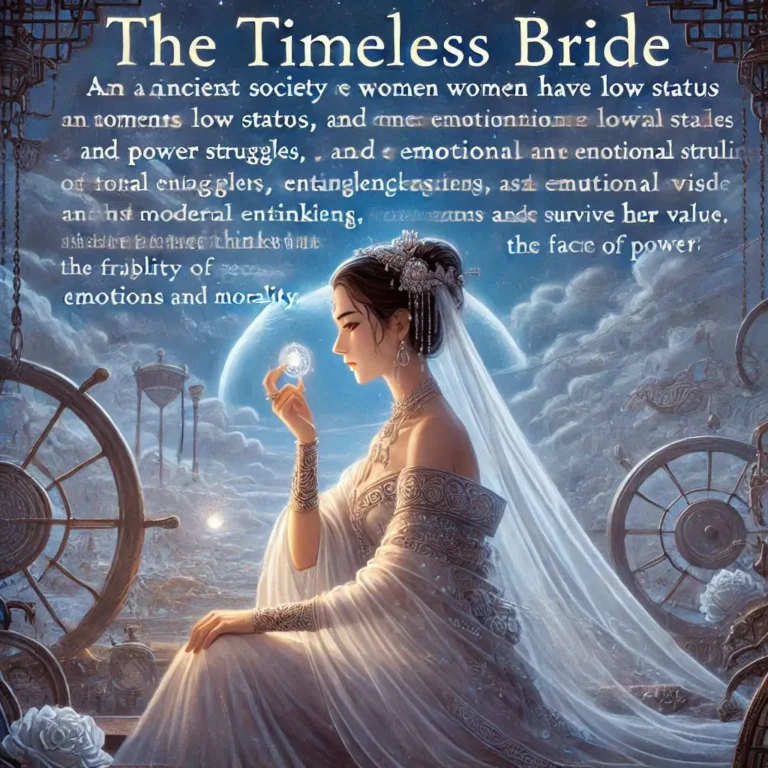
Mahabalipuram Prophecy (1)
Five Asian Countries Hit by the Worst Disaster in 40 Years, Over 3,000 Dead
According to the latest news from the Associated Press, Indonesia experienced the strongest earthquake in nearly 40 years on December 26th. The tsunami triggered by the earthquake swept across five Asian countries, resulting in at least 3,000 deaths, including 1,500 in Sri Lanka, 1,000 in India, 400 in Indonesia, 120 in Thailand, and 15 in Malaysia. Additionally, there are hundreds missing, and the death toll may rise further.
Ancient City Revealed Underwater After Tsunami
The South Asian tsunami not only brought disaster but also some unexpected discoveries—an ancient underwater city. Mahabalipuram, located on the Indian coast, was one of the tsunami-affected areas. After the tsunami, three stone structures near the town emerged, each adorned with finely carved animal figures. This was because the sand layer covering these structures was washed away by the tsunami. Sathyamurthy, a senior archaeologist from the Indian Archaeological Institute, stated that these structures might belong to the port city built in the 7th century.
Mahabalipuram is already famous for its ancient, intricately carved shore temples. These ruins are designated as a UNESCO World Heritage site, attracting thousands of Hindu pilgrims and tourists each year for worship and sightseeing. Early British travel writers noted that the area once had seven pagodas, six of which had sunk into the sea. Speaking to the Associated Press via telephone from Madras, Sathyamurthy said, “After the tsunami, a bas-relief has been exposed, which seems to be part of a temple’s outer wall, or part of that ancient port city. Our excavation work will uncover more mysteries.”
China News Service, February 19, 2005
At the beginning of each of my notes, I place the news at the forefront. As a reporter for the “Morning Star Daily” in Shanghai, I’ve come into contact with events hidden behind these news stories. These stories are like vines; following them, I’ve reached the enormous and astonishing fruits hidden underground. I start with these news stories that everyone can find online, selectively telling stories you could never imagine. This time, there are two vines. Today, anyone living in the civilized world cannot be unaware of the first vine; even a hundred years from now, many will remember this catastrophe. The second vine, however, is much weaker, growing in the vast shadow of the former, perhaps garnering less attention as a by-product of the disaster.



